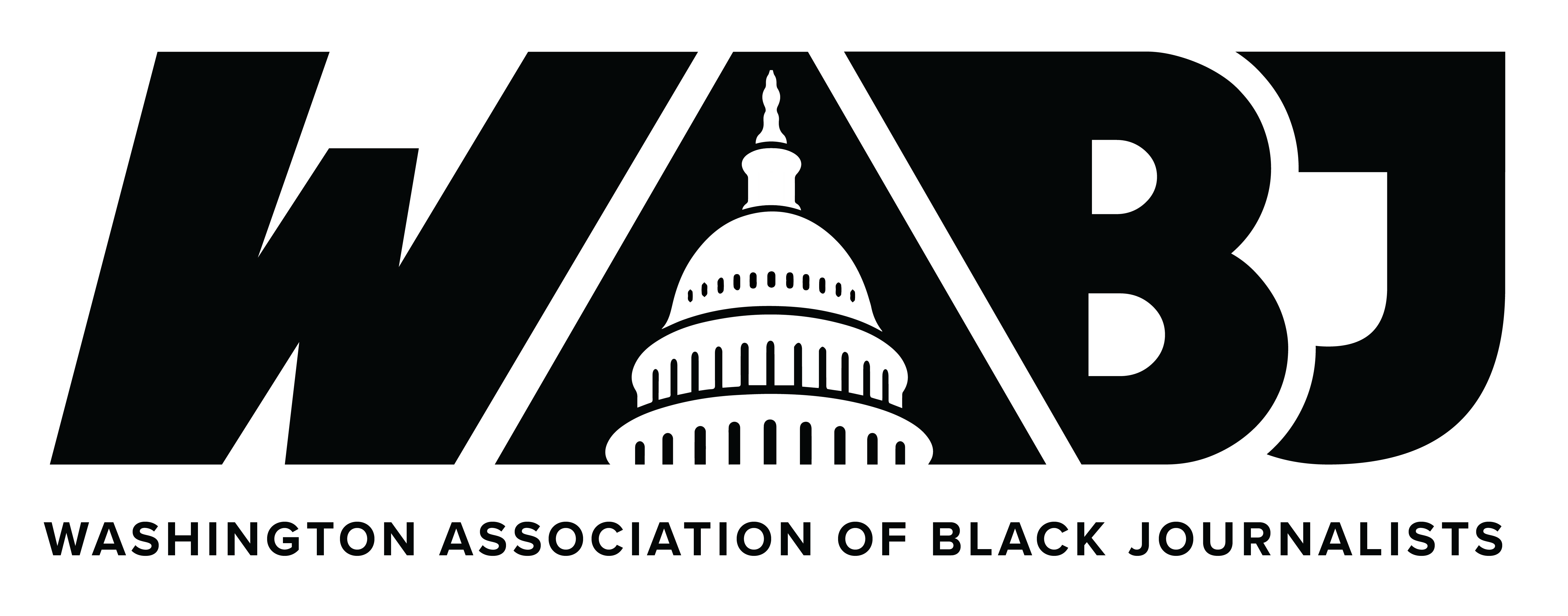By Arman Azad
For many parents, independent schools provide an alternative to the public school system–an alternative in which small class sizes and hand-selected students have access to an ostensibly superior education. Yet, for many–especially in the affluent Washington, D.C. metropolitan area with its highly ranked schools–private education is an expensive proposition whose benefits remain unclear.
For Kara Frazier, a student at Garrison Forest School in Owings Mills, Maryland, being a minority in the predominantly white, wealthy private school democratic can be difficult.
“As a black girl in a primarily white school, I do sometimes feel ostracized due to my race,” said Frazier. “Because of the escalating racial tension in our society, we had a town hall back in November (after the Mike Brown indictment decision) to discuss police brutality and other issues our society is facing. After the town hall, lots of (white) parents and students were upset, and it was so evident. Lots of my white classmates started addressing me differently than they had in the past, and there was a clear racial divide in the school.”
Issues of diversity are not unique to private schools. In fact, a U.S. Education Department survey in 2012 from every U.S. school district found that public school students of color get more punishment and less access to veteran teachers than their white peers. Yet, at private schools, issues of diversity are often exacerbated in the context of a student body primarily composed of white, upper-class individuals, where those on financial aid or those in racial groups are often in the minority.
One student at Georgetown Day School, who preferred to be anonymous, said that issues of diversity are not necessarily a result of failure in school administration.
“I inherently feel different, but at Georgetown Day School (GDS) it’s not uncommon to be in the minority in multiple categories. I think the school does a good job of celebrating its diverse student body. However, that doesn’t mean that we don’t run into problems about equity and inclusion. The student body is where we have the majority of the problems. A fair portion of the GDS High School is unaware of their privilege [and] they don’t know how to go about using their privilege to make positive change,” she said.
Further, the National Association of Independent schools (NAIS)–a group that consists of most private schools in the country–sponsors the Student Diversity Leadership Conference every year, where students discuss issues of race, gender, sexuality, socioeconomic status, and other cultural identifiers. Even so, the NAIS reports that just 6.3 percent of students in their member schools are African American, despite the fact that 13.2 percent of the American population identifies as such, according to the U.S. Census Bureau.
Nevertheless, at some schools, issues of diversity stem not just from other students, but from the administrations themselves.
“I’ve been at my school for 12 years and I have experienced discomfort due to my race countless times,” said Frazier. “A good number of those times involve teachers making ignorant statements, singling out me and other students of color, or just straight up making racist comments.”
And even in an environment in which she feels comfortable, Frazier still finds it difficult to ignore disparaging comments from those around her. “Because I’ve attended my school for so long, I’m extremely comfortable in that environment,” she said, “but recently it’s become increasingly difficult because of all the prejudice and ignorance. My school talks a lot about how important diversity is, but we are still very far from being inclusive. Our Student Diversity Leadership Council is not taken seriously, even by teachers.”
Despite the racial setbacks faced by independent schools, perhaps a greater class disparity exists between students receiving financial aid and those whose parents are able to fully fund their more than $30,000 yearly tuition.
NAIS reports that 22.5 percent of students are on some form of financial aid at member schools, but being a student on financial aid poses a unique set of difficulties.
“It’s not like people make fun of you for being on financial aid, it’s that we don’t talk about it,” said the GDS student who preferred to remain unnamed. “By not talking about socioeconomic status, we make it taboo. Hidden tuition is where we see the greatest disparity. So for school sponsored trips, if you’re on financial aid, GDS pays the same percentage for the trip, but things like prom and graduation dresses are a problem. Going to prom isn’t just buying tickets to prom. It’s the outfits, hair, nails, dinner, limo, and often times a photographer as well. And to fit in, many kids will spend everything they can to fit in with their peers. Same thing with graduation dresses. They’re expensive and it’s required by the school.”
Christopher Marblo, an NAIS representative, said in a press release that “if schools truly want to meet the needs of their students, prepare them for the realities of the world, and teach them to be moral leaders of the future, then schools must become more diverse, more inclusive.”
For Frazier, the best way of achieving that goal is simply through opening a dialogue and having honest conversations about school communities. The problem, she says, is that “everyone refuses to have the tough conversations that need to be had, simply because they don’t want to feel uncomfortable.”


